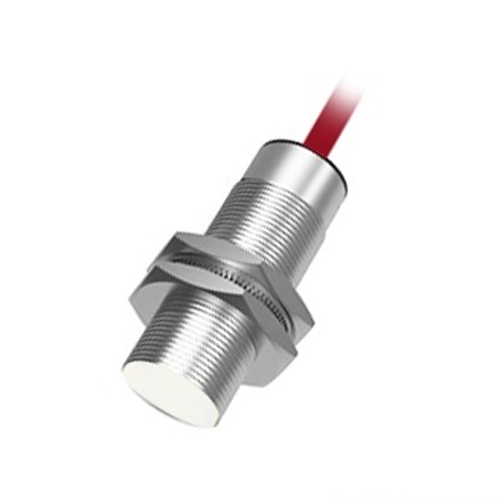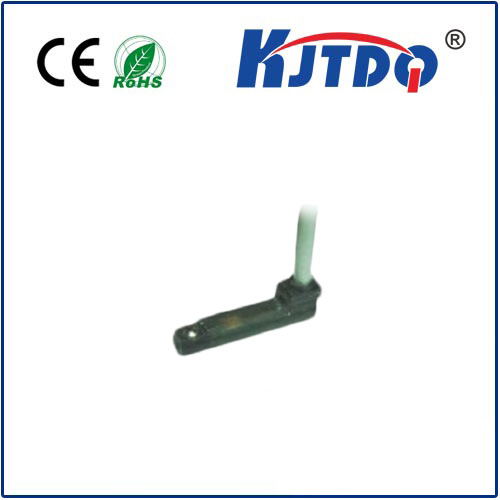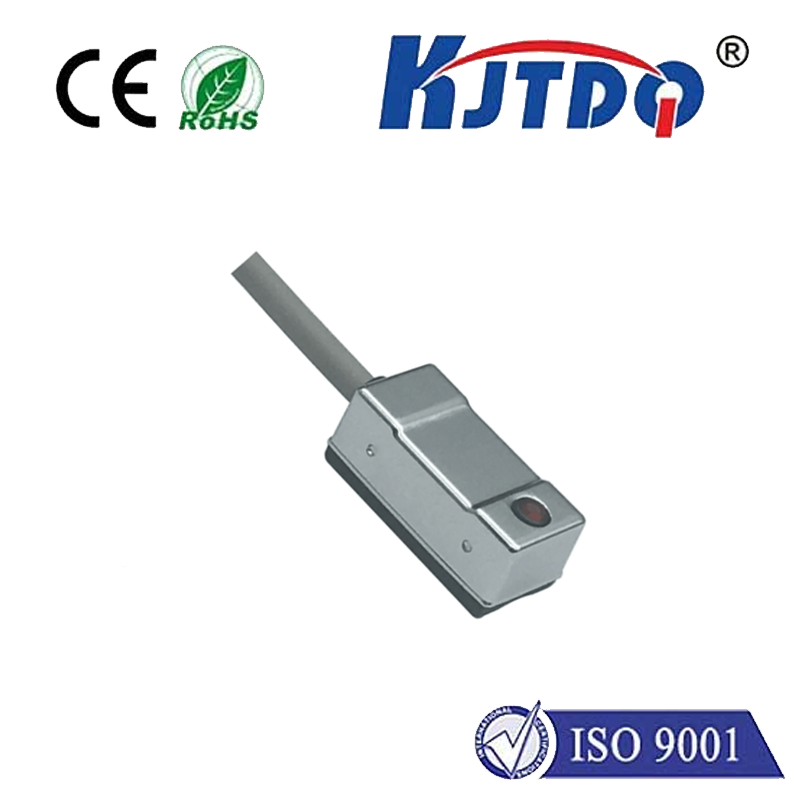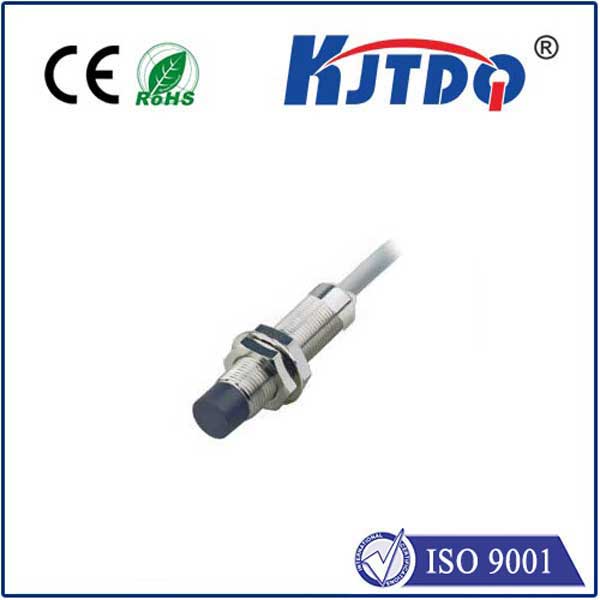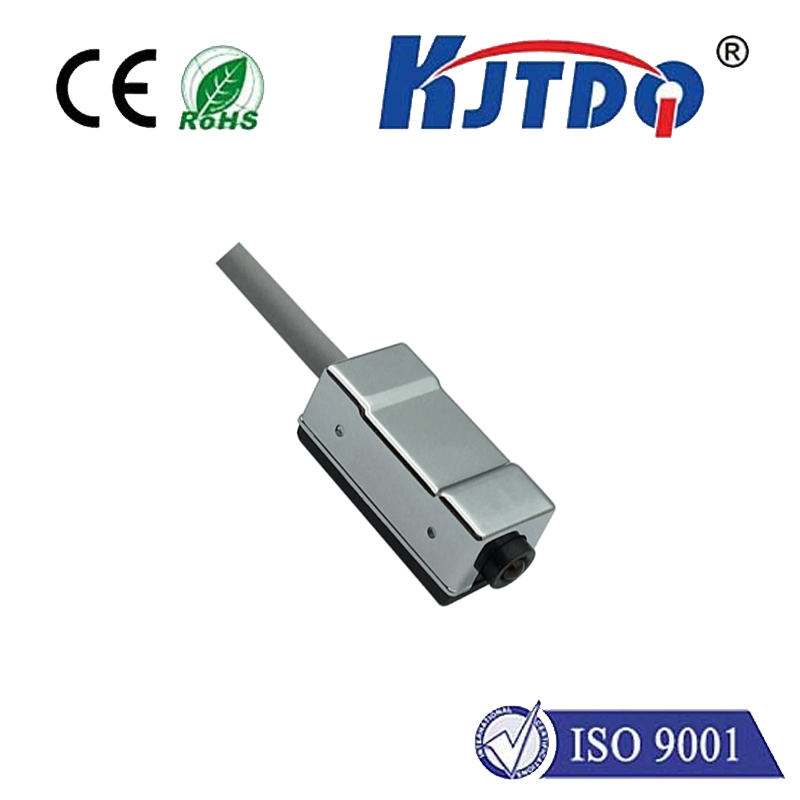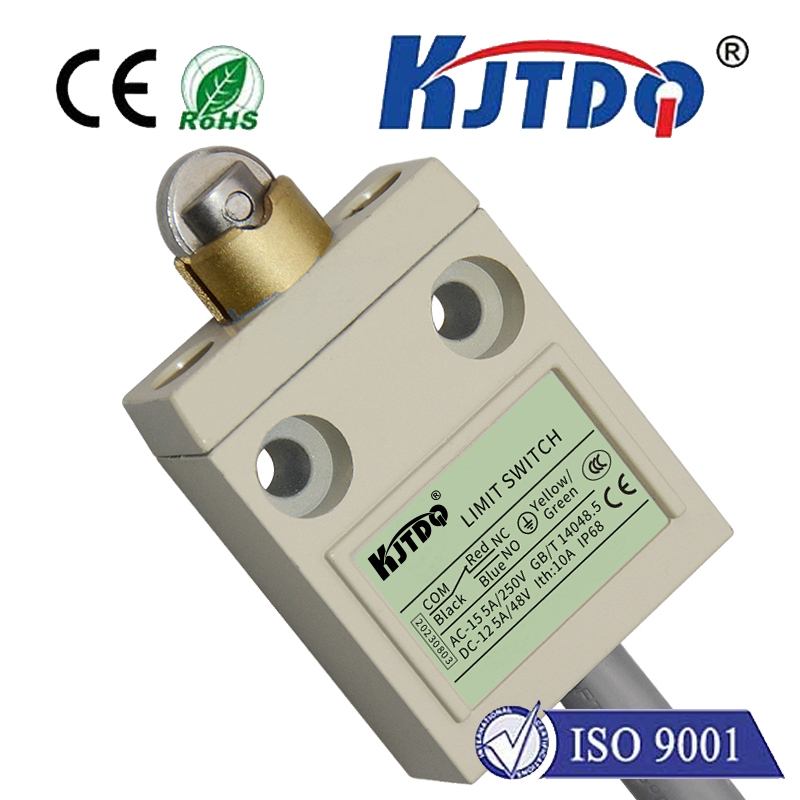Ограниченный переключатель Klixon
- time:2025-07-31 00:55:31
- Нажмите:0
The Silent Guardian: Understanding the Klixon Limit Switch for Precision Safety & Control
Klixon® Limit Switches: Your Essential Component for Reliable Protection in Demanding Environments.
They operate unseen within countless machines and appliances, yet their role is absolutely critical. The Klixon limit switch stands as a fundamental pillar of safety and control in modern engineering. Far from being a simple component, this highly specialized device acts as a vigilant guardian, constantly monitoring critical parameters to prevent equipment damage, hazardous situations, and ensure optimal operation. Whether it’s preventing your fridge compressor from burning out or ensuring industrial machinery doesn’t overheat dangerously, Klixon limit switches are the unsung heroes enabling reliable, safe functionality. Understanding their operation and significance is key to appreciating their widespread adoption.
What Exactly is a Klixon Limit Switch?
At its core, a Klixon limit switch is an electromechanical device designed to automatically open or close an electrical circuit when a specific physical condition is met. This condition is typically related to temperature (Klixon thermostats/switches) or mechanical position/movement. While “limit switch” often implies a mechanical trigger, the Klixon brand is perhaps most renowned for its temperature-sensitive versions, though they expertly produce both types. These switches function as safety sentinels:
- Sensing: They continuously monitor critical system parameters (like motor winding temperature, appliance surface heat, or component position).
- Decision Point: When that parameter reaches a predetermined, factory-calibrated threshold (the “limit”), the switch activates.
- Action: The switch changes its electrical state – typically opening a circuit to cut power or closing a circuit to trigger an alarm or secondary function.
- Reset: Crucially, many Klixon limit switches are self-resetting. Once the condition causing the trip (e.g., excessive heat) subsides below the threshold, the switch automatically resets, allowing normal operation to resume without manual intervention. This feature is vital for unattended equipment.
How Klixon Limit Switches Operate: Precision in Action
The specific mechanism depends on whether it’s a temperature or mechanical switch:
Temperature-Activated (Thermal Disc Switches - The Klixon Hallmark):
Bimetallic Disc: The heart of the device is a precisely engineered bimetallic disc. This disc consists of two dissimilar metals bonded together.

Metal Expansion: Different metals expand at different rates when heated. As the switch senses rising temperature, the metal designed to expand faster causes the disc to deform (snap)
The SNAP Action: This sudden, definitive deformation (“snap action”) physically pushes or pulls electrical contacts apart or together. This provides a clean, reliable break or make of the electrical circuit, minimizing arcing and ensuring longevity.
Cooling & Reset: Once the temperature drops sufficiently, the metals contract, and the disc snaps back to its original shape, automatically resetting the contacts to their normal state.
Mechanically-Activated (Lever/Plunger Switches):
Physical Trigger: These rely on direct physical force. A moving component (like a door, valve, or lever arm) presses against an actuator (plunger, lever, roller) on the switch.
Internal Mechanism: The actuator displacement triggers an internal spring-loaded mechanism, often also utilizing a snap-action mechanism for reliability.
Contact Change: This mechanism rapidly changes the state of the internal electrical contacts (e.g., Normally Open to Closed, or vice versa).
Reset: Removal of the physical force allows the internal spring mechanism to return the actuator and contacts to their normal position.
Where Precision & Protection Meet: Key Applications
The reliability, compact size, and robustness of Klixon limit switches make them indispensable across diverse sectors:
- HVAC & Refrigeration: Protecting compressors from overheating, controlling defrost cycles, sensing air flow in fans.
- General Appliances: Safety cut-offs in coffee makers, kettles, ovens, dryers, dishwashers, microwaves (preventing dangerous overheating).
- Power Tools & Motors: Thermal protection embedded directly in motor windings to prevent burnout due to overload or locked rotor conditions.
- Automotive & Transportation: Monitoring engine bay temperatures, controlling radiator fans, seat position sensing, battery thermal management.
- Industrial Automation & Equipment: Position sensing for valves, doors, guards; over-temperature protection in pumps, transformers, power supplies; ensuring machinery operates within safe parameters.
- Power Supplies & Electronics: Providing thermal protection for transformers, power transistors, and other heat-sensitive components.
Why Klixon? The Hallmarks of a Trusted Name
While “limit switch” describes a function, Klixon represents a brand synonymous with specific qualities that engineers rely on:
- Precision Actuation: The signature snap-action mechanism ensures a rapid, definitive opening or closing of contacts. This minimizes arcing (which degrades contacts) and provides a clean, reliable electrical signal. There’s no “mushy” transition.
- Прочная структура: Engineered to withstand demanding environments – high temperatures, vibration, humidity, and corrosive atmospheres are common design considerations. They are built to last.
- Self-Resetting Capability: This often critical feature for safety devices allows automatic recovery once the fault condition is cleared, enabling continuous operation without manual reset requirements in many applications.
- High Reliability & Longevity: Precision manufacturing and durable materials result in components known for consistent performance over extended operational lifetimes. Downtime is minimized.
- Compliance & Certification: Klixon switches are typically designed and manufactured to meet stringent international safety standards (UL, CSA, VDE, etc.), providing critical peace of mind for end-product compliance.
- Compact & Efficient Design: Their small size allows for integration into densely packed assemblies, a crucial factor in modern appliance and equipment design.
Selecting and Implementing Klixon Limit Switches: Key Considerations
To maximize the benefits of these vital components, careful selection and implementation are paramount:
- Critical Parameter: Identify the parameter being monitored – Temperature? Position? Force?
- Set Point (Trip Point): Precisely what value (e.g., 130°C, 5mm travel) should trigger the switch?
- Reset Point: For temperature switches, what temperature must it cool down to for auto-reset? This differential (hysteresis) is crucial.
- Electrical Rating: Match the switch’s voltage and current (AC/DC) ratings to the circuit it controls. Never exceed ratings.
- Environment: Consider ambient temperature, potential contaminants, moisture, vibration levels.
- Actuation Type: Temperature-sensing disc? Plunger? Lever? Side-push? Rotary?
- Certifications: Ensure the specific switch model carries the necessary safety certifications for the target market and application.
- Mounting: Secure mounting is essential for accurate sensing, especially for mechanical switches. Temperature switches must have good thermal coupling to the monitored surface or medium.
- Integration: Position the switch where it accurately reflects the condition being monitored and is accessible if service is ever needed. Wiring must be secure and protected.
The Klixon limit switch, in its various thermal and mechanical forms, remains a cornerstone of safety and control engineering. Its combination of precision actuation, robustness, self-resetting capability, and certified reliability makes it an indispensable component in countless applications where preventing failure and ensuring user safety are non-negotiable. From the hum of your refrigerator to the roar of industrial machinery, the silent vigilance of a Klixon switch is often the thin line between seamless operation and catastrophic failure.


